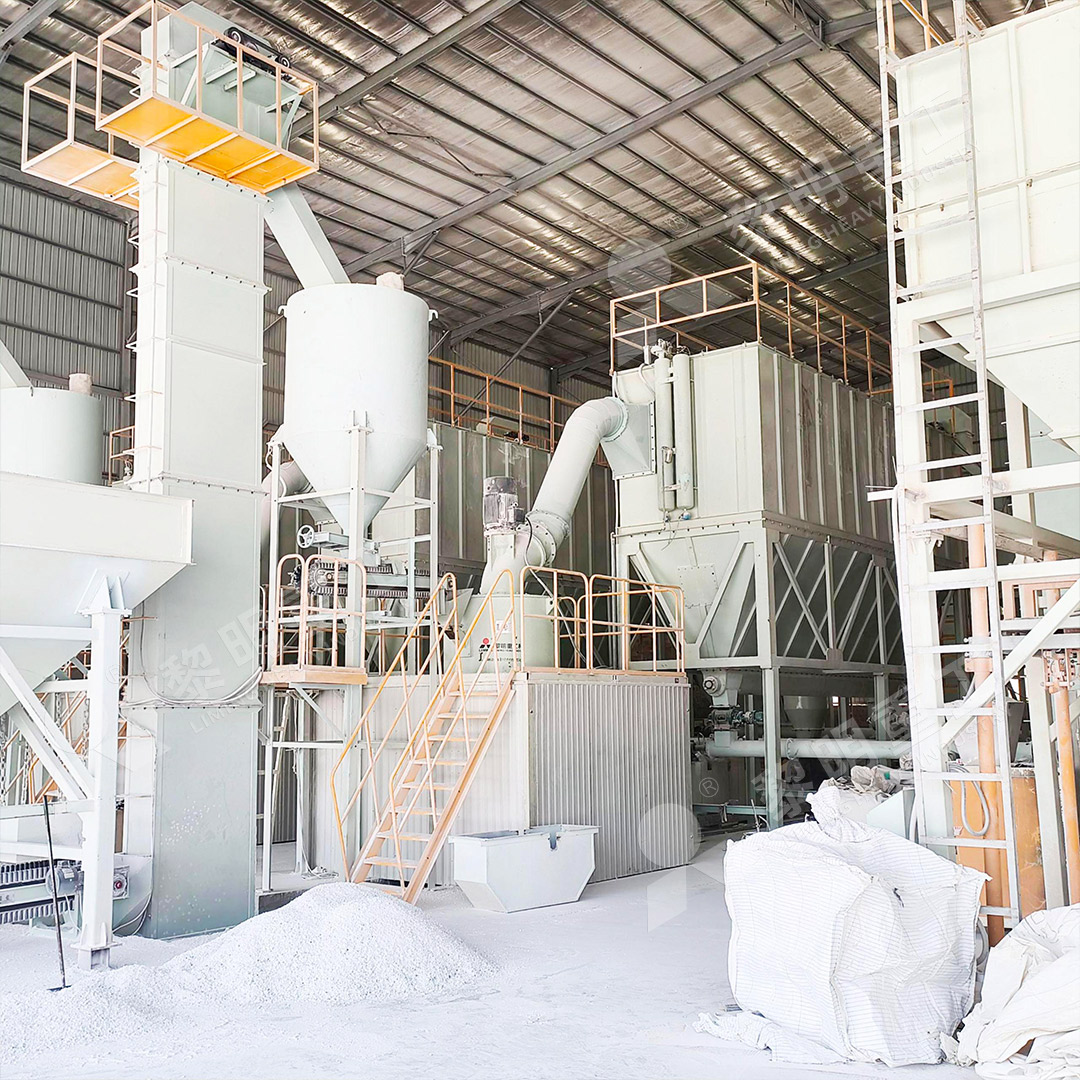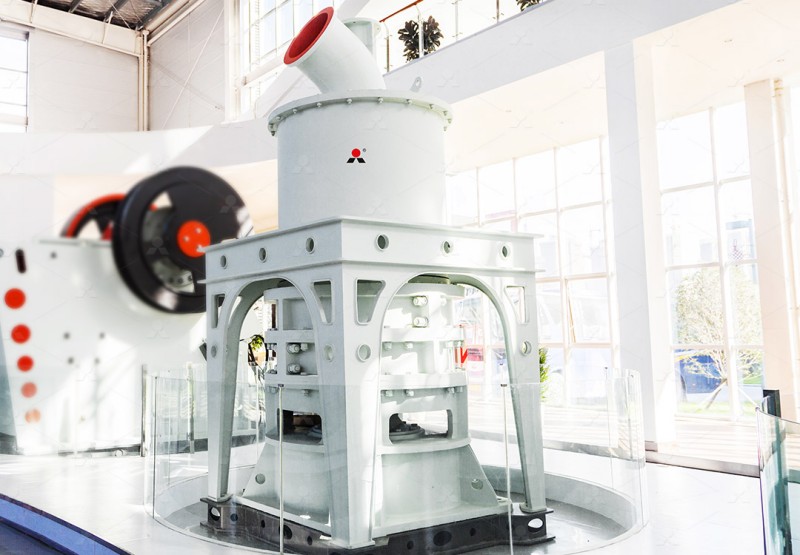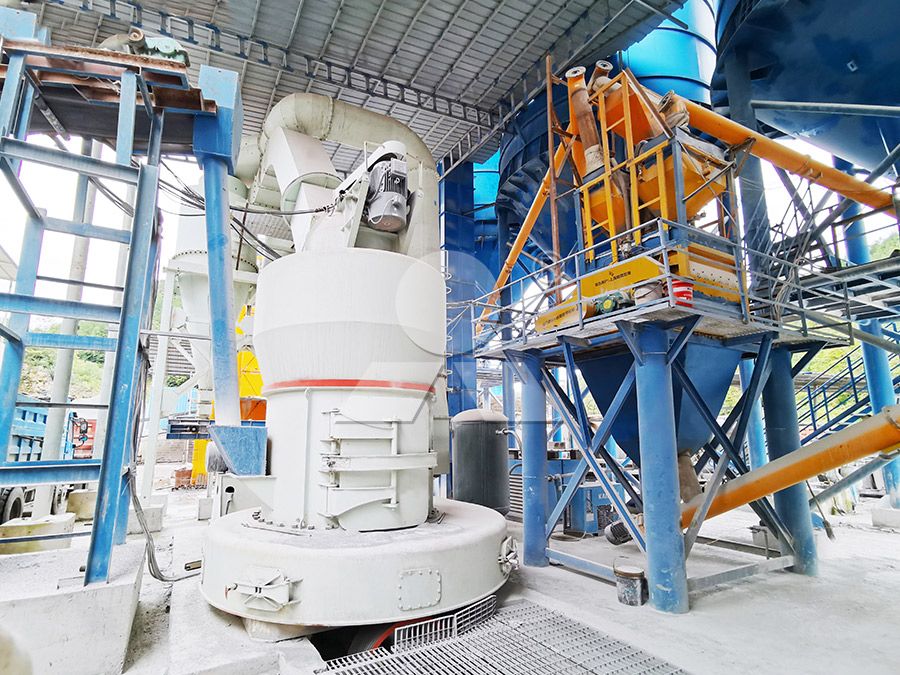Potassium Feldspar Grinding Mill Machine: A Comprehensive Guide
Potassium Feldspar Grinding Mill Machine: A Comprehensive Guide
Potassium feldspar, a crucial industrial mineral with widespread applications in ceramics, glassmaking, and fillers, demands precise grinding to unlock its full potential. The transformation of raw feldspar into a fine, consistent powder is a critical step that directly impacts product quality and manufacturing efficiency. Selecting the appropriate grinding technology is therefore paramount for producers seeking to optimize their operations and maintain a competitive edge in today’s market.

The journey from lumpy raw material to fine powder involves several mechanical processes. Traditional grinding methods often struggle with achieving the narrow particle size distribution required for high-value applications. Furthermore, issues like iron contamination, excessive energy consumption, and environmental noise can plague older milling systems. This is where advanced grinding mill technology makes a significant difference, offering solutions that are not only more efficient but also more environmentally conscious.
Key Considerations for Feldspar Grinding
When processing potassium feldspar, several factors must be carefully considered. The desired fineness typically ranges from 200 to 2500 mesh, depending on the end-use application. The grinding system must maintain consistent product quality while minimizing contamination, particularly from iron, which can affect the color and properties of ceramic and glass products. Energy efficiency has become increasingly important as well, with modern operations seeking to reduce power consumption without compromising output quality.
Another critical consideration is the integrated design of the grinding system. A well-engineered mill should incorporate effective dust collection and noise reduction features to ensure compliance with environmental regulations and provide a safer working environment for operators. The ability to quickly adjust product fineness to meet different customer requirements is also a valuable feature in today’s flexible manufacturing environment.
Advanced Grinding Solutions
For operations requiring ultra-fine potassium feldspar powder, the MW Ultrafine Grinding Mill represents a technological leap forward. This innovative machine is specifically engineered for customers who need to produce ultra-fine powder with precision and efficiency. With an input size capability of 0-20 mm and capacity ranging from 0.5 to 25 tons per hour, it handles various production requirements with remarkable flexibility.

The MW Series stands out through its innovative design features that directly address common grinding challenges. Its newly designed grinding curves of grinding roller and grinding ring significantly enhance grinding efficiency. Comparative performance data shows the production capacity is 40% higher than jet grinding mills and stirred grinding mills operating at the same fineness and power levels. Perhaps most impressively, the yield is twice as large as traditional ball grinding mills while system energy consumption is reduced to just 30% of jet grinding mill requirements.
What truly sets this mill apart is its adjustable fineness capability between 325-2500 meshes, achieved through an advanced cage-type powder selector incorporating German technology. This system effectively increases the precision of powder separation, and multiple cage-type powder selectors can be configured according to specific requirements for yield, fineness, and sieving rate. The machine can achieve a screening rate of d97≤5μm in a single pass, eliminating the need for repeated processing.
Operational Advantages
The engineering philosophy behind modern feldspar grinding equipment emphasizes reliability and minimal maintenance. The MW Ultrafine Grinding Mill exemplifies this approach with its innovative chamber design that eliminates rolling bearings and screws in the grinding area. This thoughtful engineering eliminates concerns about bearing damage or sealing part failures, while completely avoiding machine damage problems caused by loose screws. The external lubrication system allows for maintenance without shutdown, enabling continuous 24-hour production that maximizes operational uptime.
Environmental performance is another area where contemporary grinding mills demonstrate significant improvement. The integration of efficient pulse dust collectors ensures no dust pollution occurs during the entire milling process. Combined with silencers and noise elimination rooms, these systems reduce operational noise to compliant levels. The entire production process is organized according to national environmental protection standards, making these mills suitable for even the most strictly regulated operating environments.

For operations requiring different specifications, the LUM Ultrafine Vertical Grinding Mill offers another sophisticated option. With its input size of 0-10 mm and capacity of 5-18 tph, it incorporates the latest grinding roller technology from Taiwan and German powder separating technology. This vertical grinding mill integrates ultrafine powder grinding, grading, and transporting in a single compact system, representing an excellent choice for operations with space constraints.
FAQ
What fineness can be achieved when grinding potassium feldspar?
The MW Ultrafine Grinding Mill can produce powder with fineness between 325-2500 meshes, with the capability to achieve d97≤5μm in a single pass.
How does the energy consumption compare to traditional grinding methods?
The MW Series reduces energy consumption significantly, using only 30% of the power required by jet grinding mills while delivering 40% higher production capacity than jet mills and twice the yield of ball mills.
What maintenance features are incorporated into these grinding systems?
These mills feature no rolling bearings or screws in the grinding chamber, eliminating common failure points. External lubrication systems enable maintenance without shutdown, and reversible structures on some models allow easy access to grinding components.
How do these mills address environmental concerns?
Integrated pulse dust collectors prevent dust pollution, while silencers and noise elimination rooms reduce operational noise. The systems operate under negative pressure to prevent dust spillage and comply with environmental standards.
What production capacities are available?
The MW Ultrafine Grinding Mill offers capacities from 0.5 to 25 tph, while the LUM Vertical Grinding Mill handles 5-18 tph, allowing operations to select the appropriate size for their production requirements.
